
Making healthier choices in your kitchen does not have to mean sacrificing flavor or spending all day cooking. With a few simple tweaks, you can improve the nutritional value of your meals while still enjoying the tastes you love. Here are 15 ways to make home cooking healthier.
Switch to Whole Grains

Tired of plain old white rice and pasta? Why not give whole grains like brown rice, quinoa, or whole wheat pasta a shot? They are chock-full of nutrients and keep you full much longer. Moreover, they cook up just like the regular kinds and fit beautifully into your favorite dishes. You will hardly notice the difference but your body will thank you.
Spice It Up

If you are watching your salt intake, that does not mean you have to eat bland food. Get adventurous with your spices. A little garlic here, a sprinkle of cumin there, or even a dash of smoked paprika can make a huge difference. You will enhance the taste without having to rely on salt.
Choose Better Oils
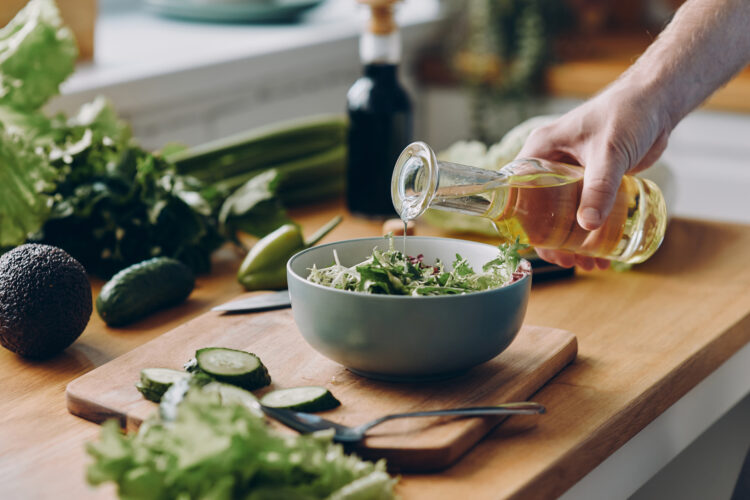
Think about what oils you are using. If you are on the butter train, maybe it is time to switch to something like olive oil or avocado oil. They are not only heart-healthy but also fantastic for cooking. They handle heat well and add just the right touch of flavor without the unhealthy fats.
Veg Out
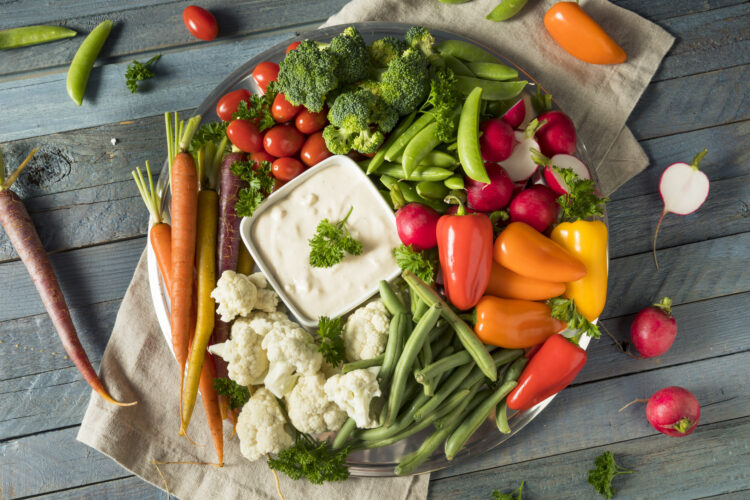
Challenge yourself to incorporate more vegetables like spinach in pasta or carrots in meatloaf to increase nutrient intake and add vibrant colors and flavors to your meals. Adding vegetables can also help in reducing calorie intake by bulking up servings with fiber-rich ingredients that help you feel full faster and longer.
Lean on Lean Meats
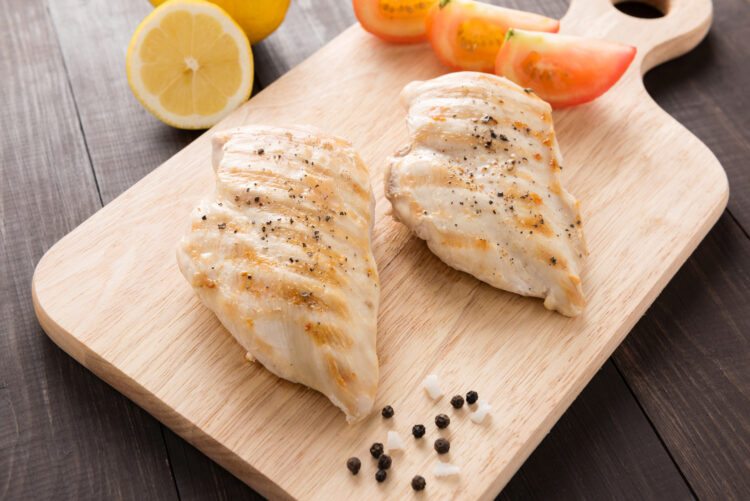
When you are shopping for meat, go for the leaner cuts. Think chicken breast, pork loin, or even sirloin. Trim any visible fat you can see before cooking, and try cooking methods like grilling, broiling, or baking rather than frying. You will keep the taste but cut the unnecessary fat.
Acid Is Your Friend
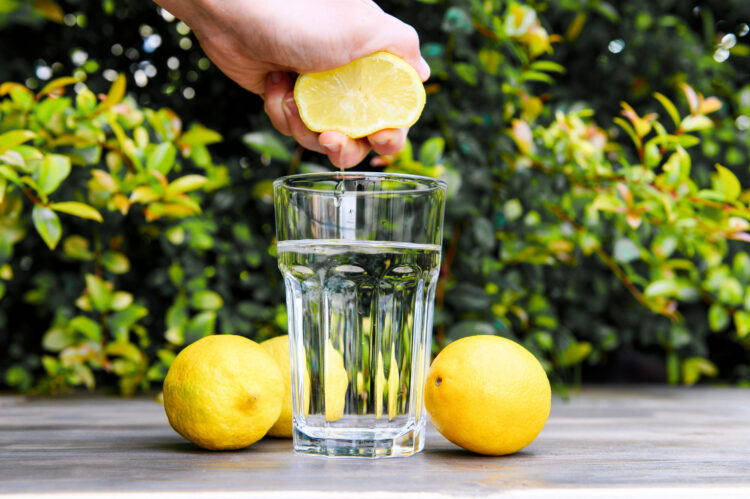
Do not underestimate the power of a little acid. A squeeze of lemon on your fish, a splash of vinegar in your soup, or a drizzle of lime over a finished dish can brighten everything up. This simple trick helps cut down the need for extra salt or fat and makes your meals taste incredibly fresh.
Bake, Don’t Fry

Opt for baking instead of frying to achieve that crispy texture in foods like fries or chicken strips, reducing fat intake and simplifying cleanup. Baking allows you to use far less oil, which not only cuts calories but also decreases the risk of developing diseases related to high fat and oil consumption.
Steam, Don’t Boil
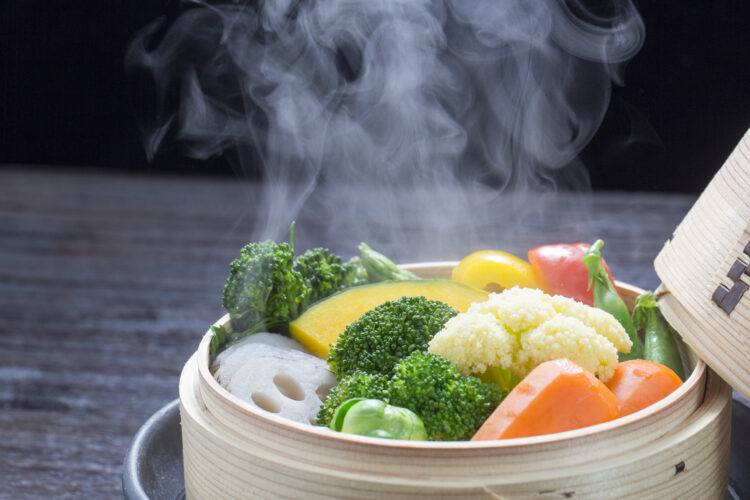
When it comes to veggies, keep them vibrant and nutritious by steaming them instead of boiling them. You will retain more of their natural goodness, and they will maintain their texture and color. It only takes a few minutes, and the difference in taste and nutrition is worth it.
Sweeten Smarter

Try to cut back on refined sugars by opting for natural sweeteners. Honey, maple syrup, or even fruit purees like banana or applesauce can add the perfect touch of sweetness without overdoing the sugar. They also bring their own flavors, which can make your dishes even more interesting.
Rethink Dairy

If you are a dairy lover, consider using less of the heavy stuff and opt for options with stronger flavors like Parmesan. You can use a smaller amount and still get loads of flavor. Alternatively, explore plant-based alternatives like almond milk or coconut cream, which can offer a creamy texture without all the fat.
Go for Grilling

Grilling is an excellent way to cook meats and veggies with minimal fat. As the fat drips away, it leaves your dishes with a distinctive smoky flavor that enhances the taste without extra calories. Grilling also preserves more of the natural nutrients in your food compared to other cooking methods, making it a healthier choice.
Make Your Own Sauces and Dressings

Commercial sauces and dressings can be full of sugar and preservatives. Making your own dressing lets you control what goes into them. Whip up a quick vinaigrette or a fresh tomato sauce with herbs, spices, and a healthy oil. You will avoid additives and tailor flavors to your liking.
Plan Your Meals
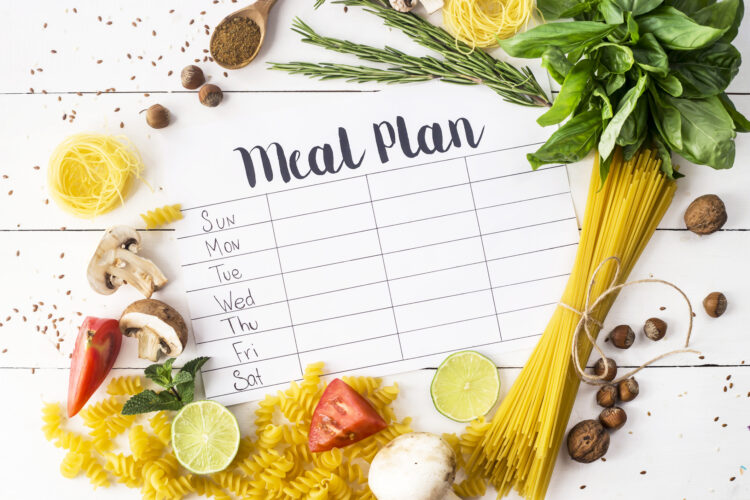
Meal planning is a great strategy for eating healthier. It lets you control your ingredients and portions while ensuring you get a balanced diet throughout the week. In addition, it keeps you from reaching for quick, less nutritious options when you are hungry. It can help reduce food waste since you will buy only what you need for your planned meals.
Choose Low-Fat Cooking Methods
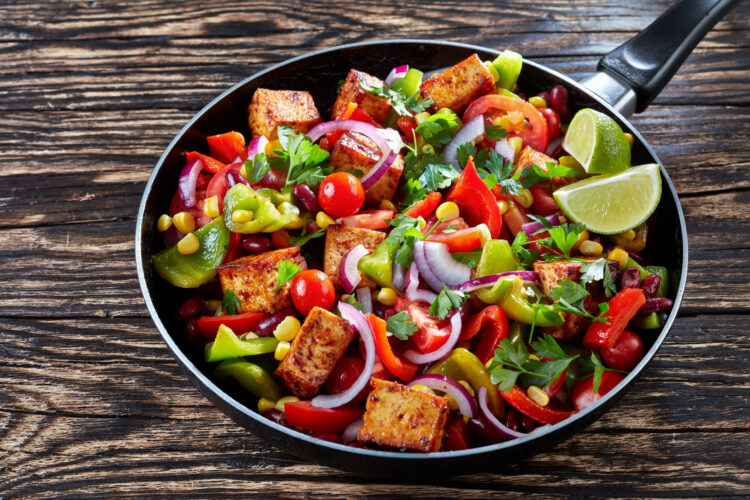
Explore cooking methods like poaching, simmering, roasting, or sautéing in a bit of healthy oil. These techniques help retain flavors and nutrients better than frying or using heavy sauces. They also tend to be quicker, making them ideal for healthy, everyday cooking that fits into a busy schedule.
Use Smaller Amounts of Stronger Cheeses

If cheese is your weakness, try using stronger-flavored varieties in smaller amounts. Cheeses like feta, blue, or sharp cheddar pack more punch, so you can use less and still satisfy those cheesy cravings without overloading on fat and calories. This approach not only enhances the flavor but also adds a gourmet touch to simple dishes.

Comments
Loading…